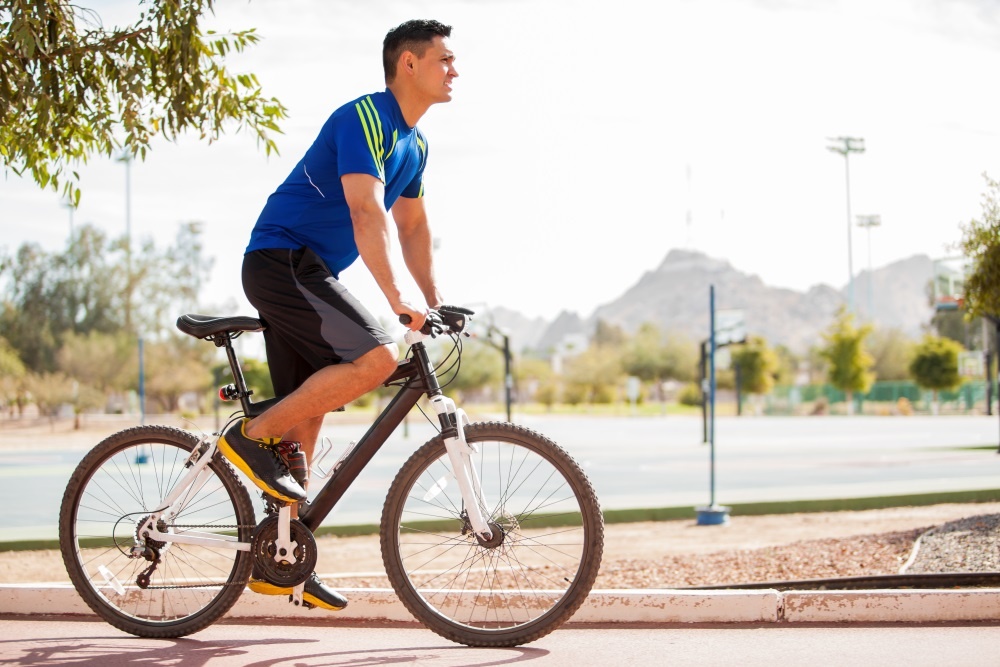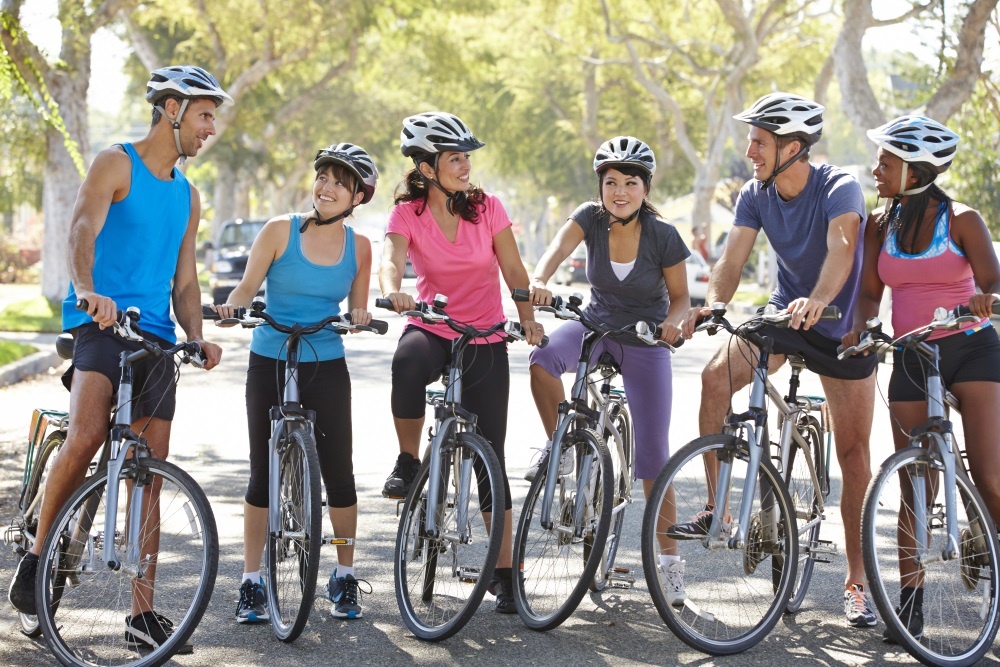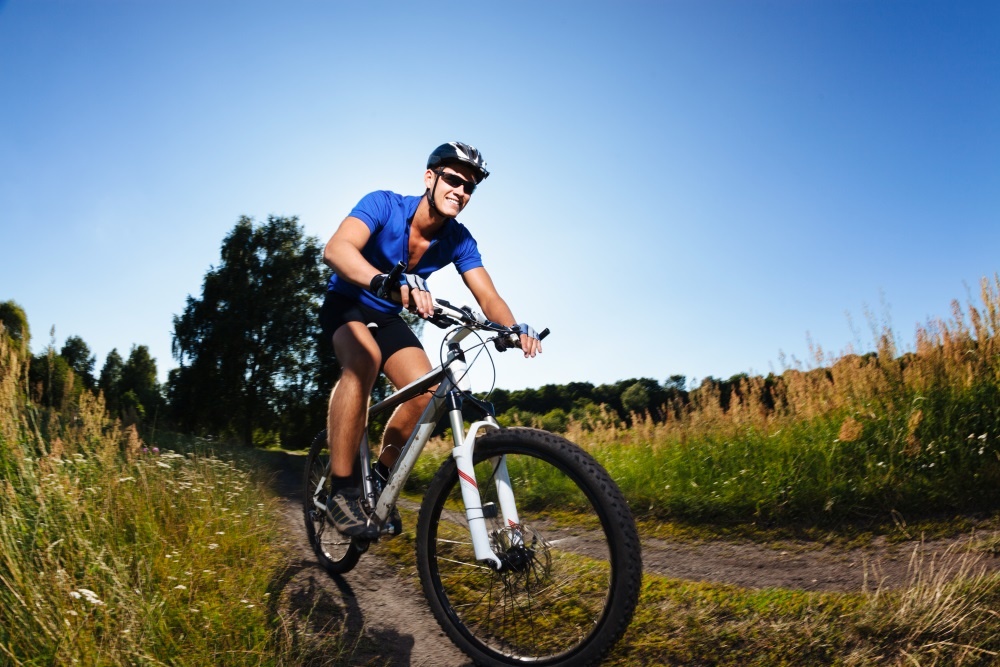Do I Need a Bike Fit?
It’s early season and the perfect time to ramp up the training miles or get motivated to take on a big event! But what do you do if you’re having pain while on the bike, or even after your ride?
It can be nerve-wracking when your favorite activity causes pain or discomfort, especially if you have a goal of increasing your mileage or training intensity this season. If this sounds familiar (if you’ve just recently started experiencing pain or if you have an old injury and are just getting back into cycling), it might be time to look into a bike fit!
Bicycling is a repetitive sport—each time you complete a pedal stroke, you are logging another repetition of ankle, knee, and hip flexion and extension. With each of those revolutions, the associated anatomical structures undergo stress. And while your legs are pedaling, your upper body is stabilizing your trunk and head, absorbing road vibration in the process. An appropriate bike fit can decrease those stresses to your body while allowing you to be as efficient and powerful as possible. An optimal position is different for each individual cyclist and dependent on variables like your unique anatomy, the type of bike you ride, your training load, and your pedaling style.
Why Should I Get Fit?
A quick peek at the research (see Resources below) on cycling overuse injuries shows that an improper bike fit is correlates to a higher risk of injury. Common injuries include knee pain, back or neck pain, pain or sores in the saddle region, and wrist or shoulder pain. If you’re already having any of these issues, looking into a bike fit can be a critical piece of the puzzle. You may consider doing some targeted strength training to ward off pain, also. Ongoing or significant pain should be evaluated by a healthcare professional, such as a physical therapist or your primary care provider.
If you’ve just purchased a new bike or are planning to increase your training, a bike fit is a great way to ensure that your effort is efficient and your position puts the minimal amount of unnecessary stress on your body.
What Should I Expect During a Fit?
Most bike fits take between one and three hours and may include 3D motion capture technology (like the Retul or GURU fit systems), plus by-hand measurements, a pedaling assessment, and an off-bike evaluation of your flexibility and strength. Be sure to bring your bike, helmet, shoes, gloves, and the clothing you normally ride in. Before your fit, take note of details like at what point (time or distance) your pain comes on during a ride, or what part of your body fatigues first on a challenging ride.
Changes to your position on the bike are made from any of three contact points between your body and the bicycle: your hands, your “undercarriage,” and your feet, and include adjustments to your seat height and fore/aft position, handlebar height and fore/aft, and pedal or cleat orientation. Your fitter may also suggest a modification that requires the purchase of a different stem, handlebar or tape, saddle, or pedals to best accommodate your body on your bike.
Who is the Best Person to Fit Me?
Often, shops will offer a basic fit with the purchase of a bike, and this is a great place to start! Some stores have experienced fitters on staff that can perform an advanced or performance-based fit. There are also independent experts who do nothing but bike fit. If you have pain with cycling or an injury that needs to be taken into account, consider seeking a healthcare professional with fitting expertise, a fitter with a strong background in anatomy and physiology, and/or someone with training that is consistent with evidence-based standards like those endorsed by the Medicine of Cycling.
Remember, a comprehensive fit will evaluate the anatomy of your bicycle in the context of your body’s flexibility and strength. It should also take into account other variables like training volume, pedaling style, local terrain, and current or past injuries, and should offer follow-up adjustments to your initial fit as you settle into your new position. For more information about fitting and some DIY tips to get you started, check out this Bicycling article.
If you have a new bike, are dealing with an injury, or are ramping up your training, consider investing in a professional fit. Because the only suffering you should be doing on the bike should be by choice!
Resources:
- Holmes JC, Pruitt AL, Whalen NJ. Iliotibial band syndrome in cyclists. Am J Sports Med. 1993;21(3):419–424.
- Holmes, Pruitt A, Whalen N. Lower Extremity Overuse Injuries in Cycling. Clin Sports Med. 1994;13(1):187–205.
- Marsden M, Schwellnus M. Lower back pain in cyclists: A review of epidemiology, pathomechanics and risk factors. Int Sport J. 2010;11(1):216–225.
- Pruitt AL, Matheny F. Andy Pruitt’s Medical Guide for Cyclists. Royalton: RBR Publishing Company; 2002.
- Sanner WH, O’Halloran WD. The Biomechanics, Etiology, and Treatment of Cycling Injuries. J Am Podiatr Med Assoc. 2000;90(7):354–376.
Marin Campbell is a contributing writer for WheelBrothers, an avid cyclist, and a former competitive mountain biker and triathlete. She also works as a physical therapist, specializing in sports rehab and bike fitting.


